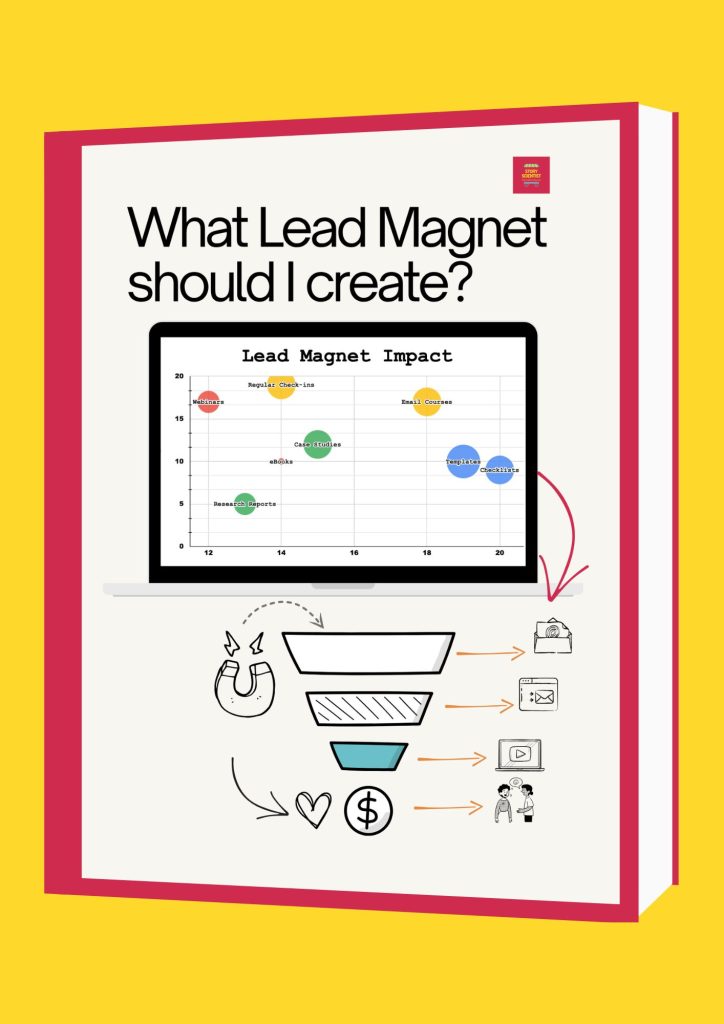As someone who works closely with founders and marketing leaders across IT services, SaaS, and security tech—I’ve built and tested more lead magnets than I can count.
Some flopped. Some flew.
But it wasn’t until I took a step back and analyzed the differences that I discovered something obvious yet often ignored:
Authority and Credibility outperform Convenience and Generalization.
Let me explain.
Most of posts are created out of my first-hand experience. Every lead magnet does not create the same impact. While analyzing why some of the lead magnets that we created didn’t work while others did, here is what I got to.
We had two lead magnets running side by side. One was a generic checklist aimed at “anyone looking to improve their product marketing.” It was fast to make and looked good on paper. The second? A dense teardown of how a B2B security company scaled enterprise demos using founder-led outreach and positioning triggers. It took more time to create.
Guess which one brought in qualified leads?
The teardown. Hands down. And it wasn’t just more downloads—it brought people who actually replied to follow-ups, booked discovery calls, and converted.
Lead Magnets that communicated Authority and Credibility were performing better than those that were made for anybody and everybody.
The WhatsApp Test
Would you open a message from an unknown number or someone in your contact list?
Most of us would ignore the random one. That’s the same psychology at play with lead magnets.
If your audience can’t immediately connect the resource to authority, relevance, or context, it becomes another free PDF buried in their downloads.
In tech, especially in productized services, cloud security, AI tools, and data platforms, “your buyers are wary of fluff”. They’ve seen too many “10x your productivity” PDFs. What they want is proof that you understand their world.
Tech founders running a services company or a product company are stuck with this. How to create lead magnets that matter and fill the top of the funnel?
The 5-Step Funnel Is Only Half the Story
Yes, the 5-step lead magnet funnel works:
- Free resource
- Capture email
- Welcome series
- Nurture
- Pitch
But the magic happens in Step 1. If your lead magnet doesn’t feel like it came from someone “inside the room,” the rest of the funnel struggles.
I started classifying lead magnets using the Impact Quadrant—based on two axes: Ease of Creation and Perceived Value.
Here’s what I learned from applying it:
- Easy + High Value = Templates, Checklists → Great for quick wins, especially for bottom-funnel reactivation.
- Hard + High Value = Webinars, eBooks → Excellent for authority-building, but need strong narrative and distribution.
- Easy + Low Value = Email courses, check-ins → Useful for long-term nurturing, not top-funnel capture.
- Hard + Low Value = Research reports, case studies → Niche-specific, best used mid-funnel or for ABM.
Lead Magnets that delivers the right impact

So, What Should Founders and Marketers in Tech Do?
Here’s my honest take after years of experimenting:
- Don’t create for “everyone.” Create for your highest-intent buyer. Think: “What would make a VP of Engineering forward this to their CEO?”
- Authority > Attention. A smaller number of downloads from the right people will always beat viral reach from the wrong ones.
- Tie your lead magnet to a specific belief or POV. That’s how you build resonance, not just relevance.
- Make it feel like a diagnostic, not a download. People want insight, not information.
My Current Go-To Formula
If I had to start again tomorrow, here’s what I’d build for a cybersecurity services company:
- Lead Magnet: “How <Your Customer> Evaluate Your <absence of Value Proposition Posture> Before <looking for your product>”
- Format: Teardown + Checklist + Case Example (1-pager, visually rich)
- Why it Works: Triggers urgency, shows you understand the buyer’s world, AND invites them to assess themselves.
There are more.
Authority Converts
Founders in IT and ITeS often default to lead magnets that feel safe—broad checklists, generic guides, open-ended webinars.
But here’s the truth: safety doesn’t convert. Relevance and authority do.
Create something that says, “I know exactly what you’re dealing with. Here’s how to solve it.”
And that’s when your funnel starts filling itself.
Let’s Discuss
